Staging Your Vacation Home to Attract More Buyers
Staging a luxury vacation home is about creating emotional connection, spatial clarity, and lifestyle appeal. In Aspen’s competitive market, strategic design can differentiate your property, accelerate buyer decisions, and enhance both sale value and rental readiness. From curated furnishings to flexible layouts, thoughtful presentation helps buyers envision themselves living, and earning, in the space.
Table of Contents
Why Staging Matters for Vacation Homes

The most desirable vacation homes captivate not only through location and amenities but through the atmosphere they project. Buyers remember how a home made them feel, its flow, warmth, and sense of ease, all of which are shaped by intentional staging.
Designing for impact begins with a property’s ability to create emotional continuity. From the moment a buyer enters, the space should feel coherent, layered, and thoughtfully composed. Every surface, material, and furnishing must support this narrative, not through excess, but through measured elegance.
Market Differentiation Through Design Precision
Luxury Aspen real estate buyers evaluate value through both tangible and intangible elements. Staging sharpens the intangible, creating transitions that feel natural, lighting that responds to mood, and finishes that suggest longevity. A home that reflects a consistent design vocabulary, from ceiling fixtures to drawer pulls, communicates fluency. This design clarity builds credibility and sets the property apart in markets where visual sameness is common.
In exclusive areas where buyers often preview several homes in succession, the one that resonates is rarely the most ornate. Instead, it's the property that feels most composed, where every room follows a rhythm, and no space feels like an afterthought. A unified visual tone, supported by subtle material repetition and restrained styling, creates a property that doesn’t demand attention, it earns it.
Accelerating Offers Through Emotional Clarity
Buyers reach decisions faster when a home’s design removes ambiguity. A precisely staged interior eliminates guesswork about furniture scale, function, or layout, especially in open-plan homes or unconventional architecture. Instead of imagining how a space might work, buyers experience it already in motion: a breakfast nook that invites morning light, a reading corner with layered lighting, or a primary suite that prioritizes rest through tonal restraint.
Staged homes also photograph with greater dimensionality. Rather than flat layouts, they showcase spatial intent, how rooms interrelate, how textures shift across zones, how natural light interacts with surfaces. This clarity translates into stronger online engagement and more qualified in-person showings. Once inside, buyers respond to the home’s emotional cues: the rhythm of its lighting, the feel of its materials, and the confidence of its layout.
In this context, staging becomes less about décor and more about decision-making. It reduces friction by presenting a home already in alignment with the buyer’s aspirations. The result is often a shorter negotiation cycle and a stronger offer backed by conviction, not hesitation.
Adaptability Without Compromising Elegance
Aspen vacation properties often serve dual purposes, personal enjoyment and income generation. Staging must reflect this versatility without diluting design quality. Materials should suggest refinement while offering resilience. Performance fabrics, sealed natural stone, and low-sheen hardwoods allow for comfort and longevity. These finishes support both owner use and guest turnover without sacrificing the tactile richness that defines luxury.
Modular furnishings and convertible layouts create flexibility within a curated framework. A guest bedroom might double as a study with concealed storage and an integrated workstation, while a media den can shift into a bunk room with elegant built-ins and custom drapery. These dual-purpose solutions allow the home to evolve without losing its visual integrity.
The key is to balance adaptability with spatial identity. Each room should feel complete on its own, while still contributing to a broader design language. This ensures the home performs equally well for short-term tenants and long-term owners, supporting rental income while maintaining the emotional connection that comes from personal use.
Signaling Care and Investment

Buyers attuned to detail recognize signs of consistent maintenance and thoughtful upgrades. Staging amplifies this perception by highlighting craftsmanship, material quality, and spatial clarity. A properly styled home doesn’t just look good, it feels well cared for. Lighting is balanced, transitions between finishes are seamless, and every surface reads as intentional.
Luxury staging also signals that the spaces have been curated with discipline. A kitchen with purposefully selected hardware, open shelving displaying artisanal pieces, and a layout that encourages flow suggests more than aesthetic taste, it reflects operational foresight. These cues reinforce the idea that the home has been managed with pride, not merely prepared for sale.
Rather than aiming for perfection, the goal is to create an environment that feels complete, authentic, and quietly elevated. A home that exhibits this level of polish communicates its value without explanation. It doesn’t need to impress, it simply needs to belong in the lives of those who expect this level of living.
Final Thoughts on Staging
High-impact staging operates as environmental storytelling, each space articulates intention through material, light, and proportion without relying on overt design cues. When executed with restraint and clarity, the home begins to convey a rhythm of living that feels both elevated and effortlessly attainable. This form of presentation doesn’t just appeal to aesthetics; it orchestrates emotional alignment between the architecture and the aspirations of its future owner.
The visual integrity of a space lies in how it’s edited. Instead of relying on symmetry or thematic repetition, a more refined approach layers subtle tension, offset compositions, negative space, and tactile variation that invite pause. In well-staged homes, the edit is as important as the inclusion: an uncluttered mantle presenting a single sculptural object, or a hallway vignette where light and shadow interact more memorably than any artwork. These gestures aren’t decorative, they establish tone, pace, and spatial calm.
Design that responds to evolving lifestyles without sacrificing cohesion signals long-term value. Buyers attuned to flexibility notice how a guest suite also functions as a wellness retreat, or how a study accommodates both remote work and overnight guests with equal elegance. This isn’t trend-chasing, it’s refinement built around practical luxury. Every room suggests a use, and every use aligns with modern rhythms of work, rest, and recreation. Staging that subtly reflects these priorities elevates not only the home’s visual appeal but its sense of rental-readiness.
Frequently Asked Questions
Q: Is it worth investing in expensive décor pieces?
A: Selective investment in statement décor can elevate perceived value, especially when used to draw attention to architectural features or define a space’s personality. For example, a handblown glass pendant above a waterfall-edge island or a sculptural accent chair near a picture window can anchor the room visually and create a focal point that photographs beautifully. Prioritize items that feel artisanal or timeless, but support them with restrained, well-edited basics to maintain balance.
Luxury buyers gravitate toward spaces that suggest curation, not excess. The goal is to communicate quality through restraint, organic materials with visible craftsmanship, not brand-saturated staging. A single standout piece used with intention often resonates more than a room full of trend-driven accessories.
Q: What if I have limited funds for staging?
A: Concentrate your budget on the spaces where buyers form the deepest emotional impressions. Instead of spreading resources thin across the entire property, refine key placements in the living area, kitchen, and primary bedroom. Rooms that convey lifestyle, cooking, gathering, or resting, carry more influence than transitional areas.
In these focal zones, small upgrades can deliver impact: replace outdated cabinet hardware with matte black or brushed brass pulls, introduce tactile throws in natural textures, or update light fixtures for cleaner sightlines. You can also borrow from hospitality design, use symmetry in bedroom styling, add a curated breakfast tray, or incorporate layered lighting to mimic the ambiance of high-end resorts.
Q: Do I need to hire a professional stager?
A: Professional staging can sharpen a home’s presence, particularly when the layout is complex or when architectural character needs subtle amplification. Stagers with experience in high-end properties understand how to guide the eye through a space, using proportion, negative space, and focal layering to emphasize scale and flow. They also tend to have access to curated inventories that reflect current design trends without feeling thematic or overly styled.
However, strategic DIY staging remains effective, especially when informed by expert insights. Utilize a neutral color story, remove distracting décor, and focus on clean lines to achieve clarity. Use lifestyle cues sparingly: a carafe and glasses on a nightstand or an open book on a reading chair suggest rhythm without feeling staged. Visual balance and thoughtful restraint often carry more weight than decorative overreach.
Q: How long should I keep the home staged?
A: The property should remain staged throughout its time on the market, with adjustments made to maintain freshness in presentation. Buyers who return for second viewings expect consistency; if the home appears disheveled or incomplete, it can signal a lack of care or urgency. Even subtle disruptions, misaligned furniture, missing accents, or inconsistent lighting, diminish the emotional continuity established in initial showings.
To preserve impact over time, reset the home after each stay or showing. Refresh textiles, adjust lighting levels for different times of day, and walk the rooms to correct any visual imbalance. A well-maintained stage environment reinforces that the home is not only ready for purchase, but ready for living.
Q: Should I stage my outdoor areas even if the climate is cold?
A: Yes, it helps, particularly in properties where outdoor living is part of the broader lifestyle offering. In colder seasons, outdoor staging can suggest a year-round experience that extends the home’s functional footprint. Use heated elements like portable fire tables, wool throws over Adirondack chairs, or lanterns filled with warm LED candles to evoke seasonal ambiance without appearing seasonal-dependent.
Even a snow-covered deck can look inviting when framed with evergreen planters and clean architectural lines. In ski markets, staging might include a boot bench beside an entry, a hot tub area with plush towels, or a covered seating nook protected from the wind. These details help buyers visualize the home as a four-season retreat, one that performs just as beautifully on a snowy February afternoon as it does on a sunny summer morning.
Staging your vacation home isn’t just about aesthetics, it’s about creating a narrative that invites buyers to imagine their own story unfolding in the space. With thoughtful design and strategic presentation, you can elevate your property’s appeal and maximize its market potential. If you're preparing to list or looking to refine your investment, contact Ryan Schwartz for professional guidance in buying or selling luxury real estate, we’re here to help you navigate Aspen’s competitive market with confidence and clarity.


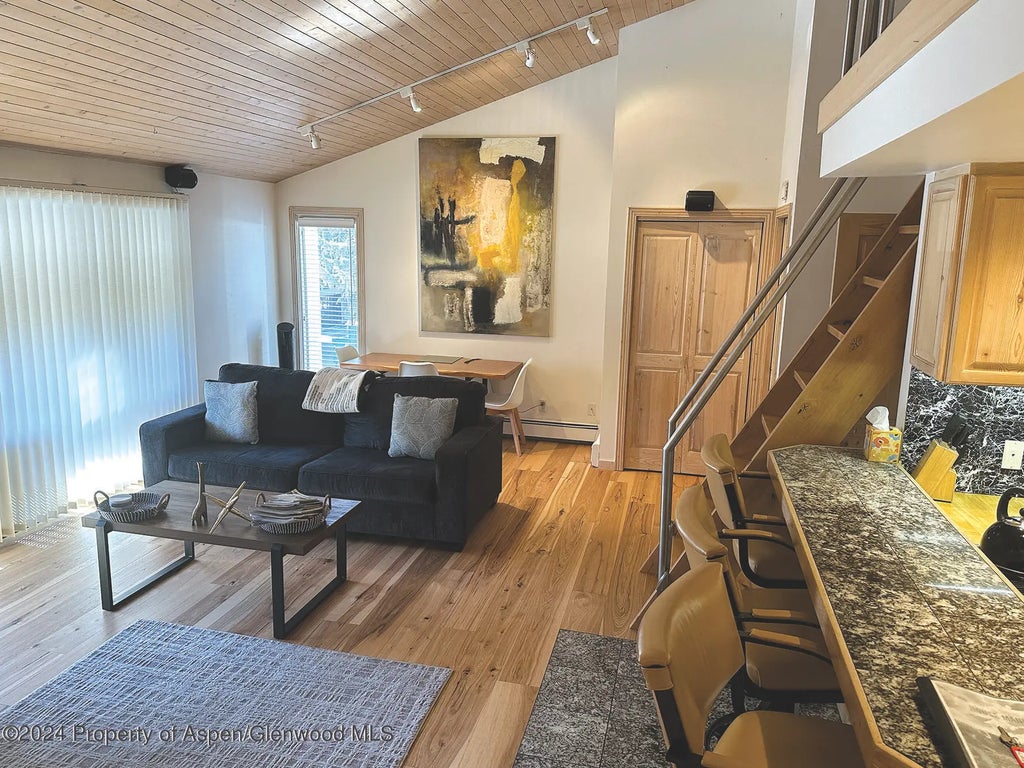
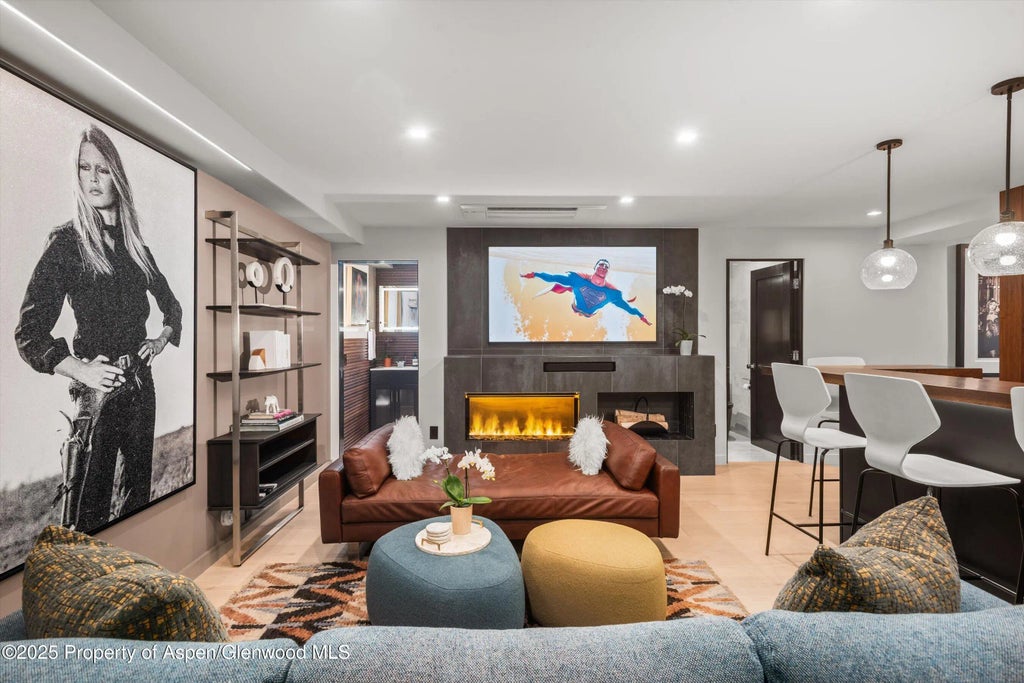
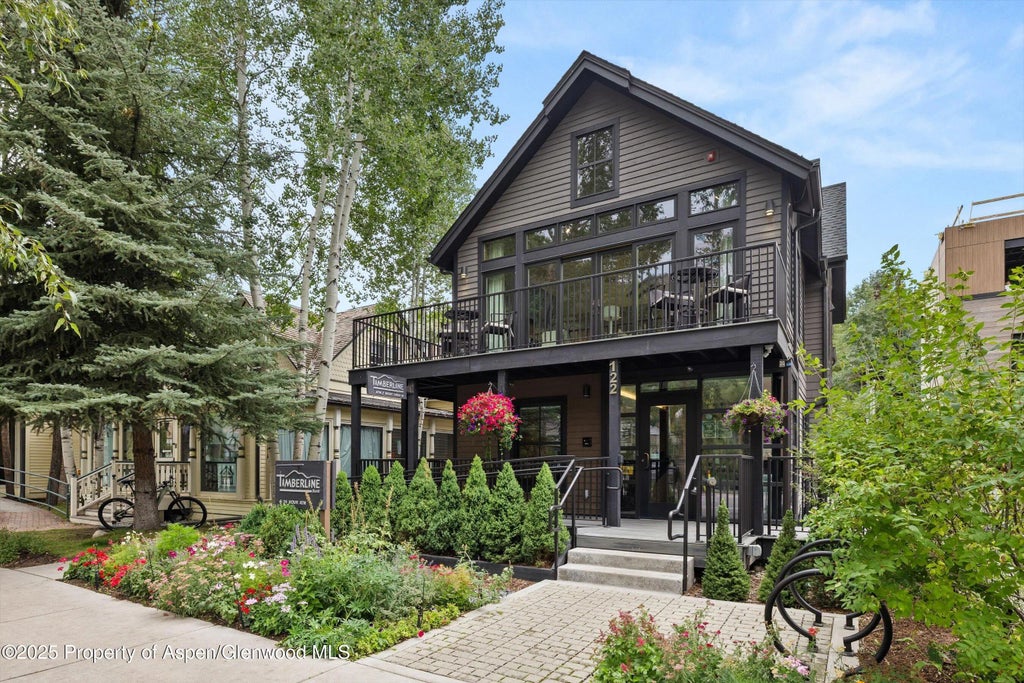
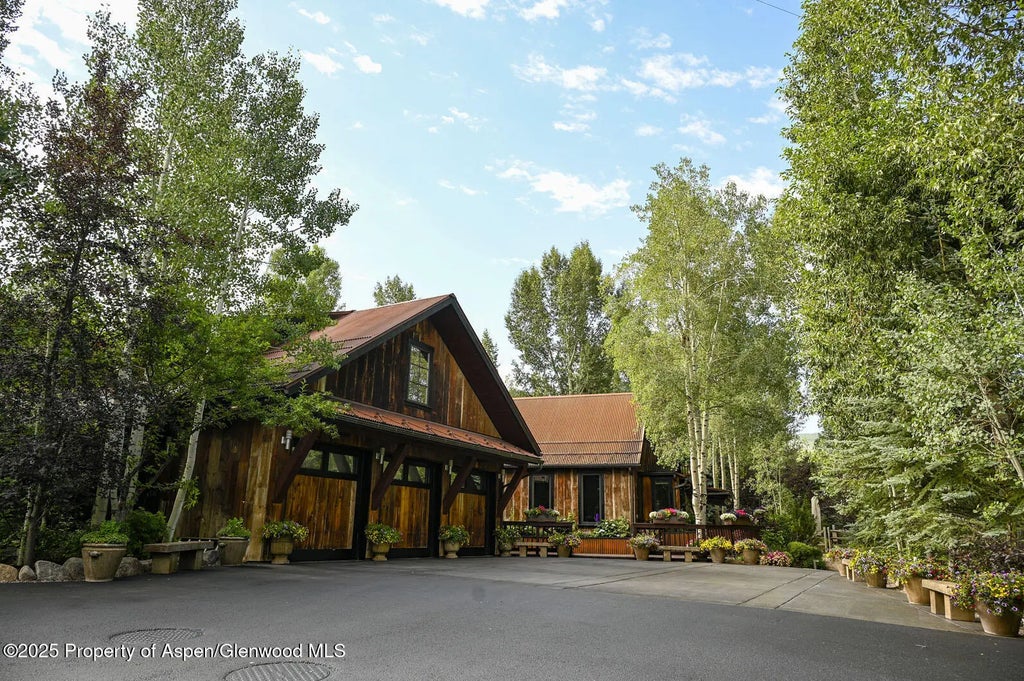
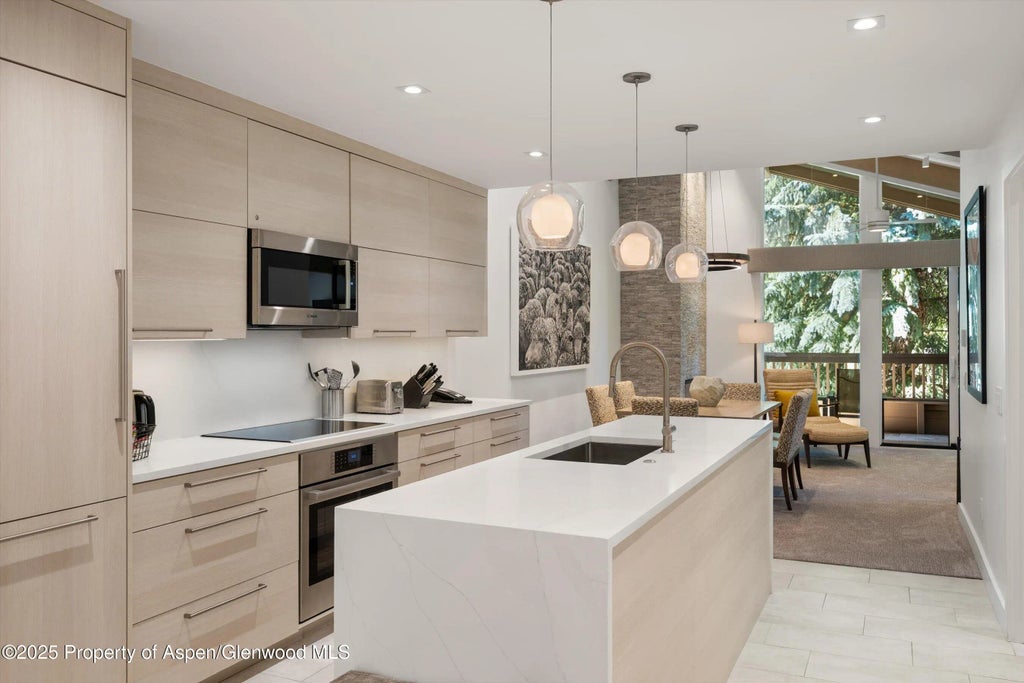
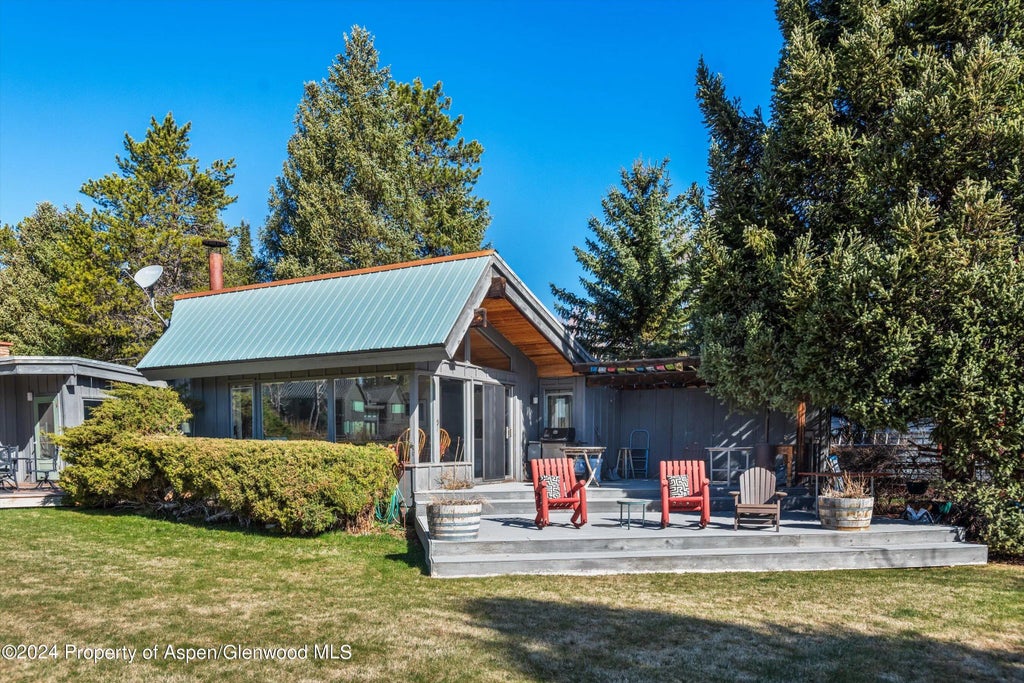


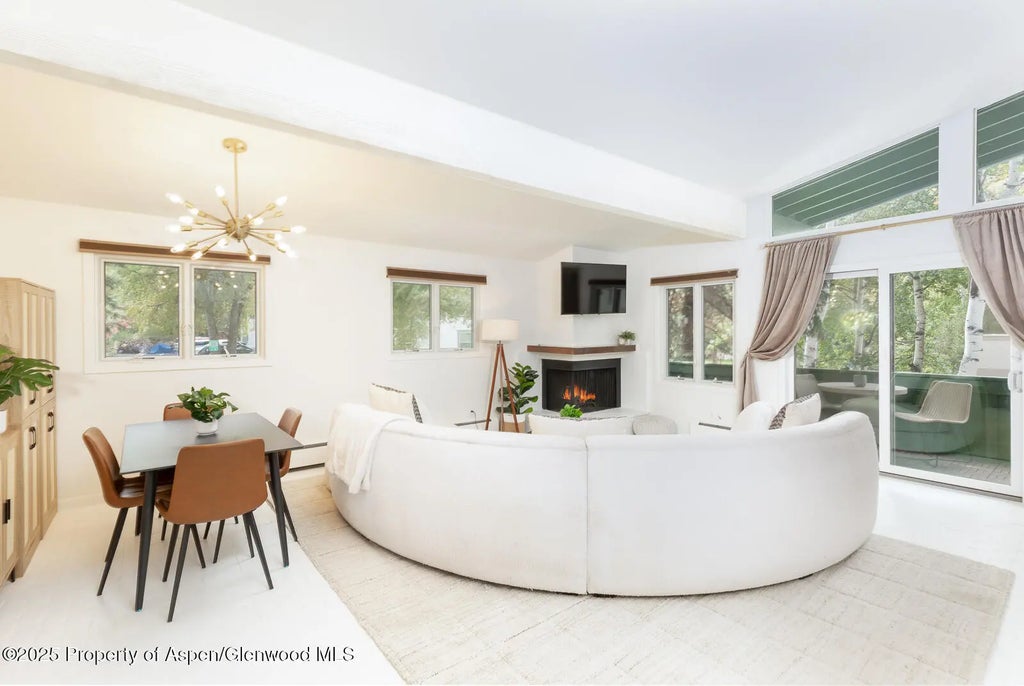
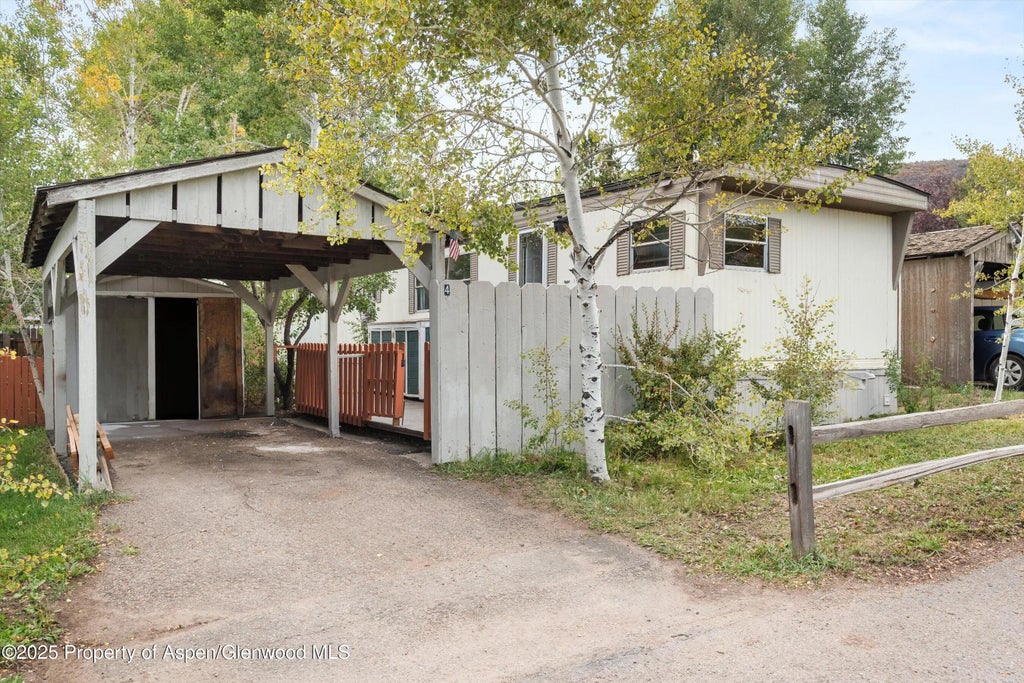
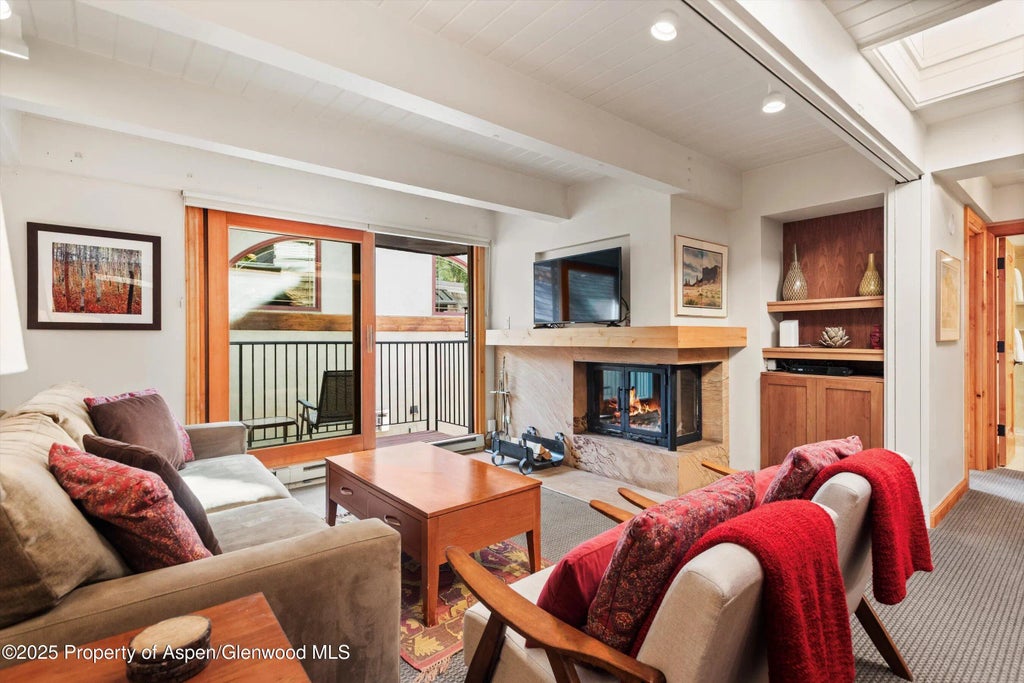
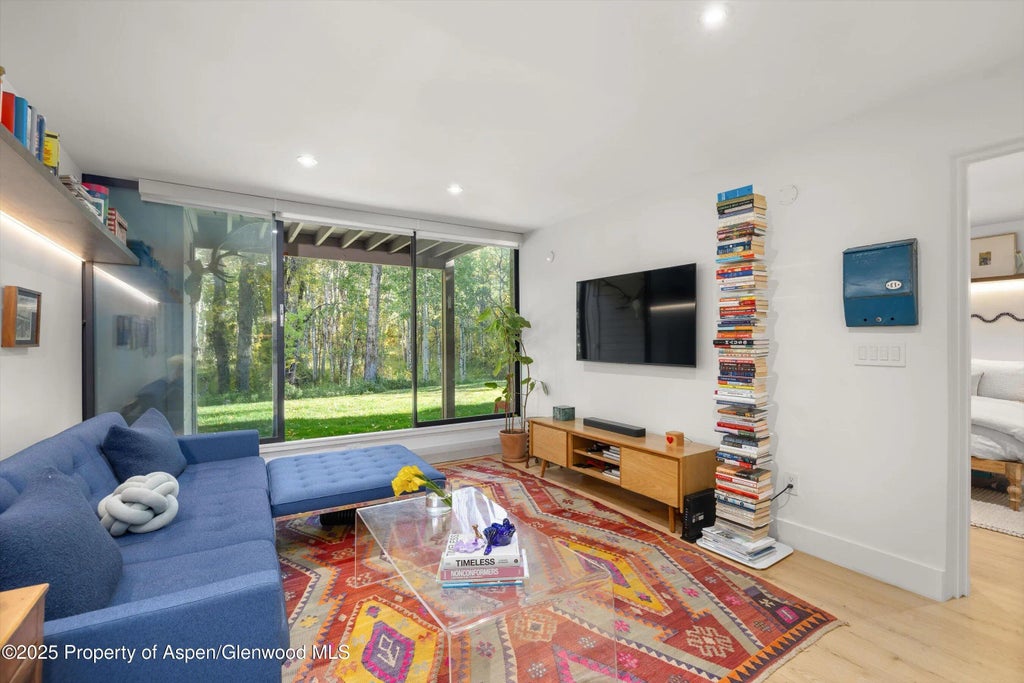
Leave A Comment